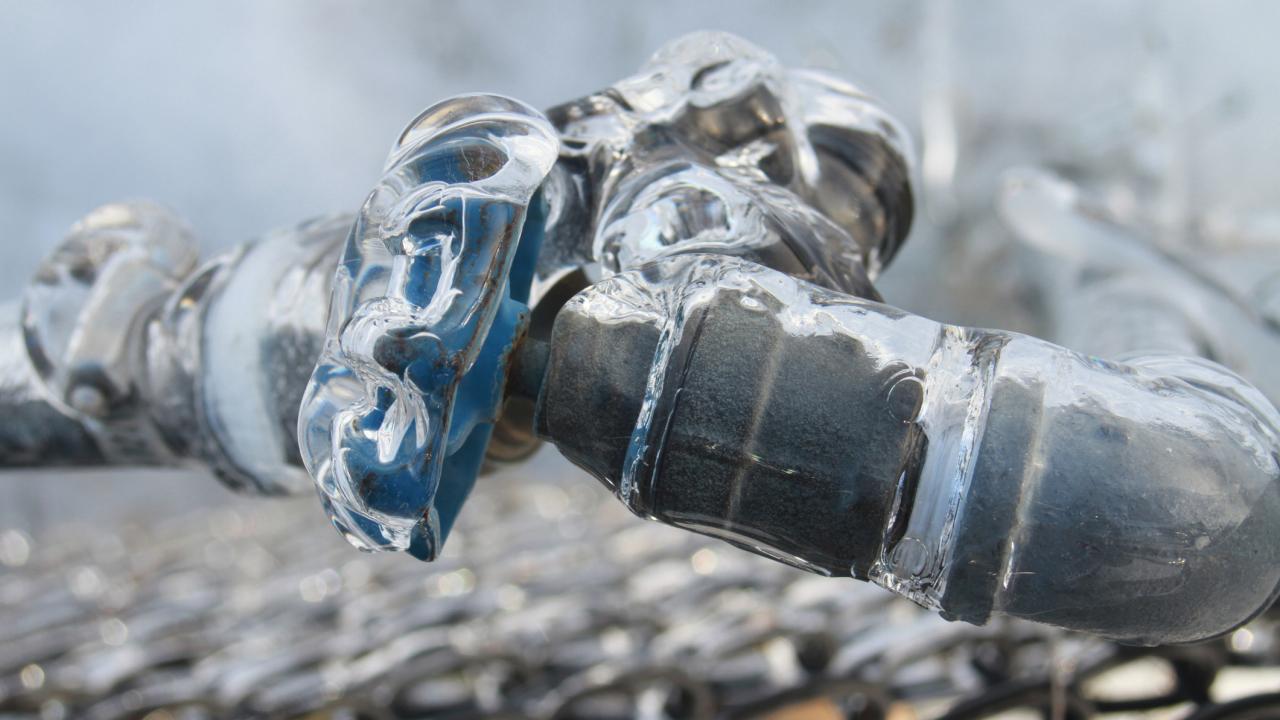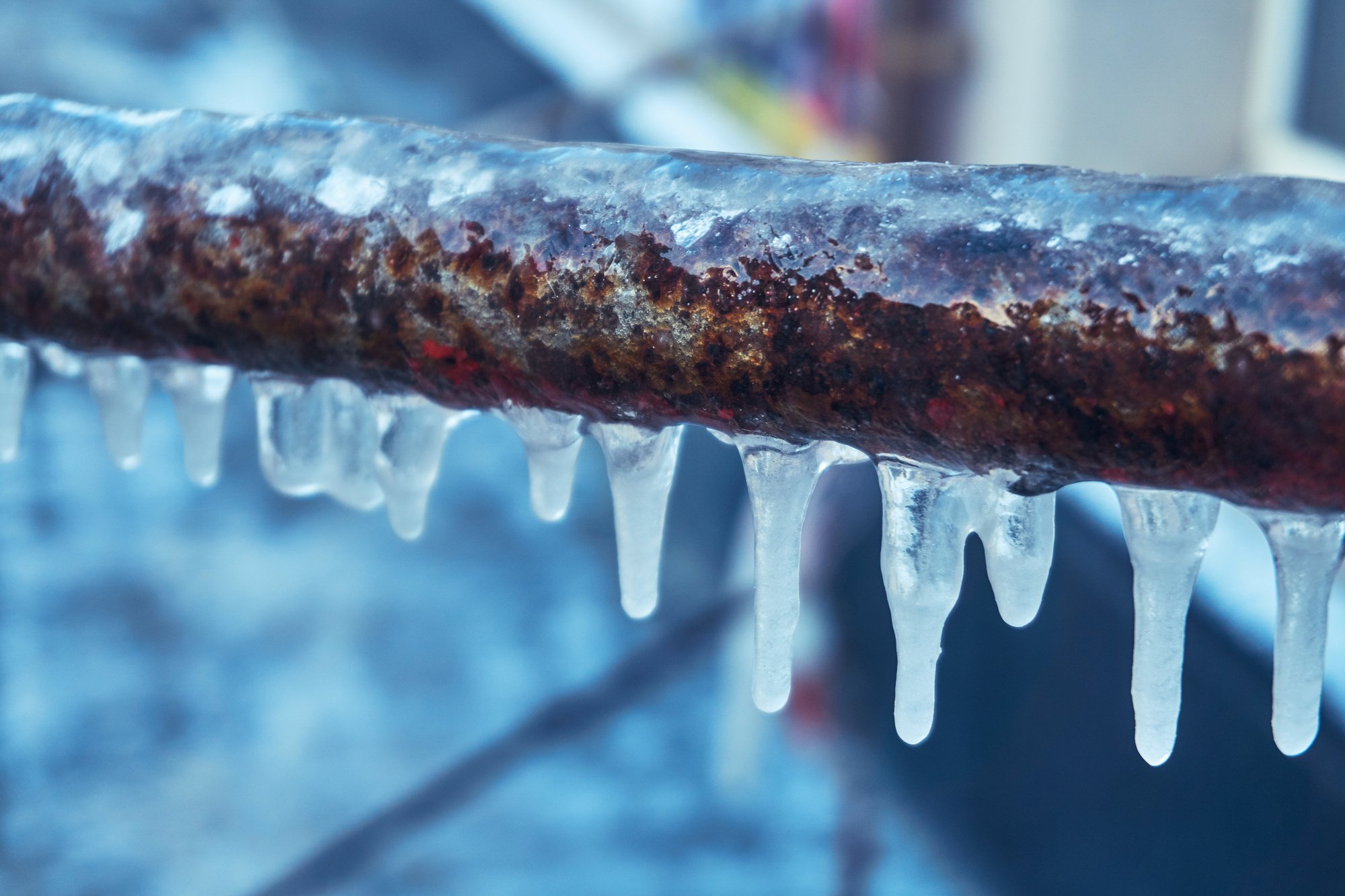Avoiding Frozen Plumbing in Winter: Professional Strategies
Avoiding Frozen Plumbing in Winter: Professional Strategies
Blog Article
Any individual has got their personal conception about How to Prevent Your Pipes From Freezing.

Cold weather can damage your plumbing, particularly by freezing pipelines. Right here's just how to avoid it from taking place and what to do if it does.
Introduction
As temperature levels decrease, the threat of frozen pipes boosts, possibly leading to pricey repair work and water damage. Understanding how to avoid icy pipes is essential for house owners in chilly climates.
Comprehending Frozen Pipelines
What causes pipelines to ice up?
Pipelines ice up when revealed to temperature levels listed below 32 ° F (0 ° C) for expanded durations. As water inside the pipes freezes, it expands, putting pressure on the pipeline wall surfaces and possibly causing them to break.
Risks and damages
Frozen pipes can result in supply of water disturbances, residential property damage, and costly fixings. Burst pipelines can flood homes and create substantial structural damages.
Signs of Frozen Water Lines
Identifying icy pipelines early can avoid them from rupturing.
How to recognize frozen pipelines
Look for reduced water circulation from faucets, uncommon odors or noises from pipelines, and visible frost on subjected pipelines.
Prevention Tips
Protecting at risk pipes
Cover pipes in insulation sleeves or make use of warmth tape to shield them from freezing temperature levels. Focus on pipelines in unheated or exterior locations of the home.
Home heating methods
Keep interior spaces adequately heated up, specifically areas with plumbing. Open up cabinet doors to enable cozy air to flow around pipelines under sinks.
Shielding Outdoor Plumbing
Garden pipes and exterior taps
Disconnect and drain garden hose pipes before winter season. Set up frost-proof faucets or cover exterior taps with shielded caps.
What to Do If Your Pipelines Freeze
Immediate activities to take
If you suspect frozen pipes, keep taps open up to relieve stress as the ice thaws. Make use of a hairdryer or towels taken in hot water to thaw pipes gradually.
Long-Term Solutions
Structural changes
Take into consideration rerouting pipelines away from outside wall surfaces or unheated areas. Include added insulation to attics, cellars, and crawl spaces.
Updating insulation
Purchase premium insulation for pipelines, attic rooms, and walls. Correct insulation helps preserve constant temperatures and reduces the threat of icy pipelines.
Final thought
Preventing frozen pipes requires proactive measures and fast reactions. By comprehending the reasons, indications, and safety nets, homeowners can safeguard their pipes during winter.
5 Ways to Prevent Frozen Pipes
Drain Outdoor Faucets and Disconnect Hoses
First, close the shut-off valve that controls the flow of water in the pipe to your outdoor faucet. Then, head outside to disconnect and drain your hose and open the outdoor faucet to allow the water to completely drain out of the line. Turn off the faucet when done. Finally, head back to the shut-off valve and drain the remaining water inside the pipe into a bucket or container. Additionally, if you have a home irrigation system, you should consider hiring an expert to clear the system of water each year.
Insulate Pipes
One of the best and most cost-effective methods for preventing frozen water pipes is to wrap your pipes with insulation. This is especially important for areas in your home that aren’t exposed to heat, such as an attic. We suggest using foam sleeves, which can typically be found at your local hardware store.
Keep Heat Running at 65
Your pipes are located inside your walls, and the temperature there is much colder than the rest of the house. To prevent your pipes from freezing, The Insurance Information Institute suggests that you keep your home heated to at least 65 degrees, even when traveling. You may want to invest in smart devices that can keep an eye on the temperature in your home while you’re away.
Leave Water Dripping
Moving water — even a small trickle — can prevent ice from forming inside your pipes. When freezing temps are imminent, start a drip of water from all faucets that serve exposed pipes. Leaving a few faucets running will also help relieve pressure inside the pipes and help prevent a rupture if the water inside freezes.
Open Cupboard Doors
Warm your kitchen and bathroom pipes by opening cupboards and vanities. You should also leave your interior doors ajar to help warm air circulate evenly throughout your home.

As a devoted reader on How To Avoid Freezing Pipes, I assumed sharing that excerpt was a smart idea. If you enjoyed reading our page please be sure to share it. Thanks for your time. Please stop by our website back soon.
Call Today Report this page